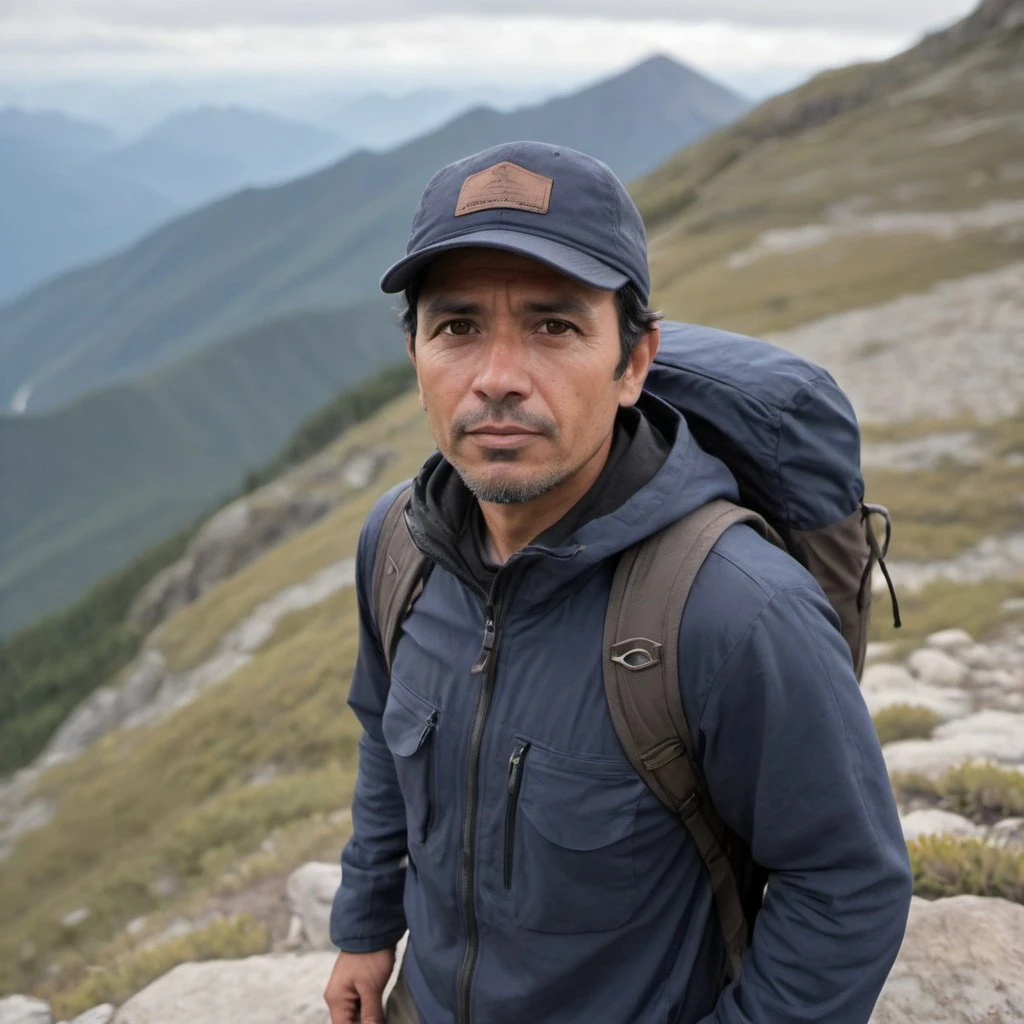Canada, a vast and diverse land, offers travelers unique experiences with its majestic landscapes, vibrant cities, rich culture, and historic adventures.
Whether you love nature or history or museums or food or cities, you’ll find something here to spark your wanderlust.
Explore seasonal activities, stunning natural scenery, cultural phenomena, bustling urban environments, and tips to help you make the most of your visit to Canada.
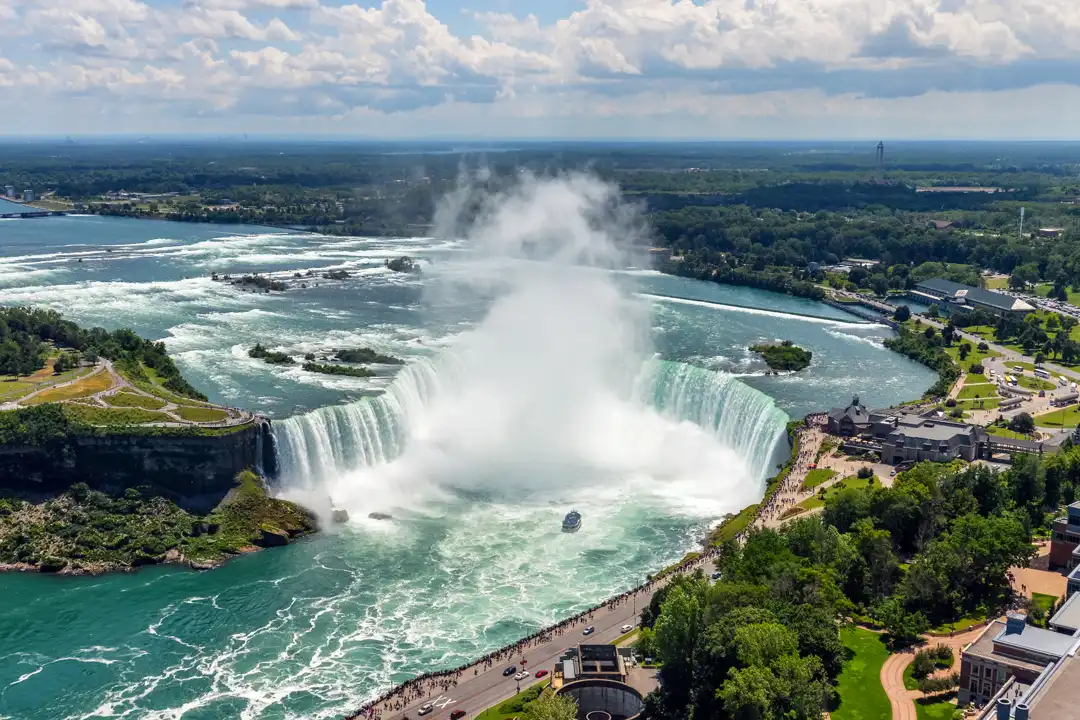
Seasonal Adventures
1. Spot the Northern Lights
One of the best countries where you can spot the Northern Lights is Canada. From late August through April, the aurora borealis and its magical mix of colors are sure to light up the sky.
Cost: Free, while guided tours can cost anywhere between 100-500 CAD , depending on length and activities.
Transport: Strictly fly-in (or drive to Whitehorse/Yellowknife/Fairbanks; you can rent a car from there for a more remote experience).
Estimated Time Spent: Make sure you stay at least a few nights so you can try again if needed.
Tips for Visiting: Wear warm clothing and monitor the local aurora forecast for conditions.
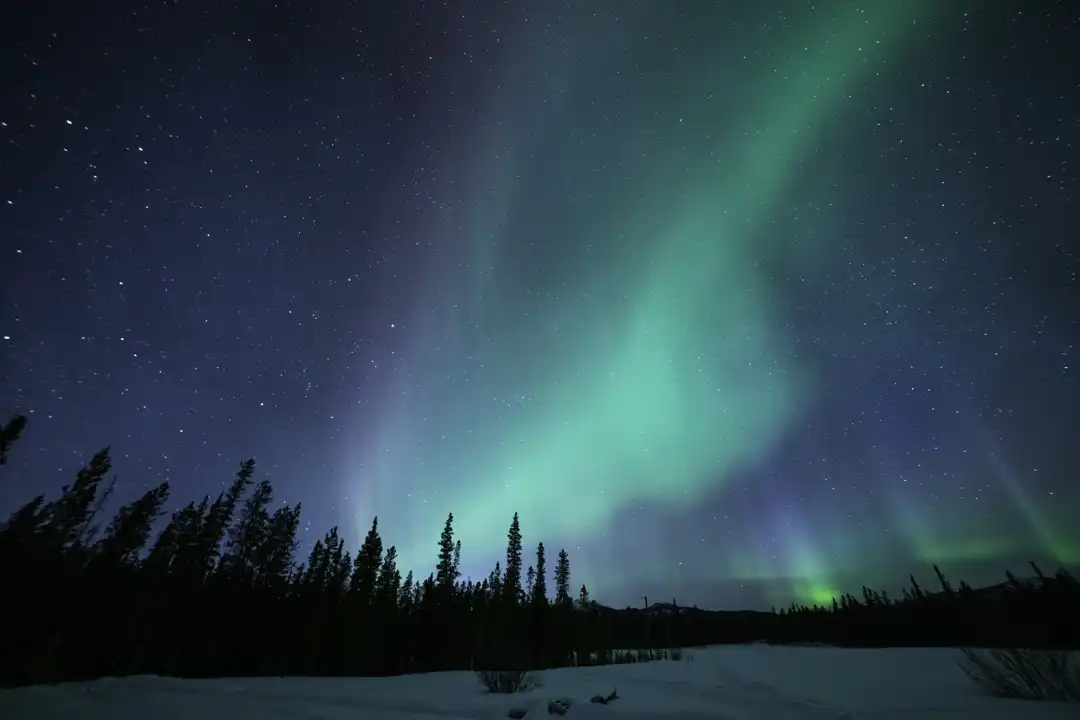
2. Skiing and Snowboarding
Whistler, a skiing and snowboarding haven, home to world-class slopes. The snow season lasts from late November until April, with plenty of fresh powder and great après-ski opportunities.
Cost: A pass starts at about 150 CAD per day, with multi-day discounts available.
Transport: Vancouver is a two-hour drive away. Self-drive from Vancouver (2 hours) or take a shuttle service.
Estimated Time Spent: I would recommend staying for a whole weekend to fully take in the slopes and the town.
Tips for Visiting: Book accommodation as far ahead as possible, as availability is limited.
3. Whale Watching
You can’t visit Canada without going whale watching. The best time is from May to October, when you can see humpbacks, orcas, and more on both coasts.
Cost: Tours usually run from $100-200 per person.
Transport: Larger cities, such as Victoria, Tofino, and Halifax, provide guided tours that are either self-guided or can be reached by car or public transport.
Estimated Time Spent: Most tours take between two and three hours.
Tips for Visiting: Bring a pair of binoculars for a better view. And be sure to dress warmly! It can be cold!
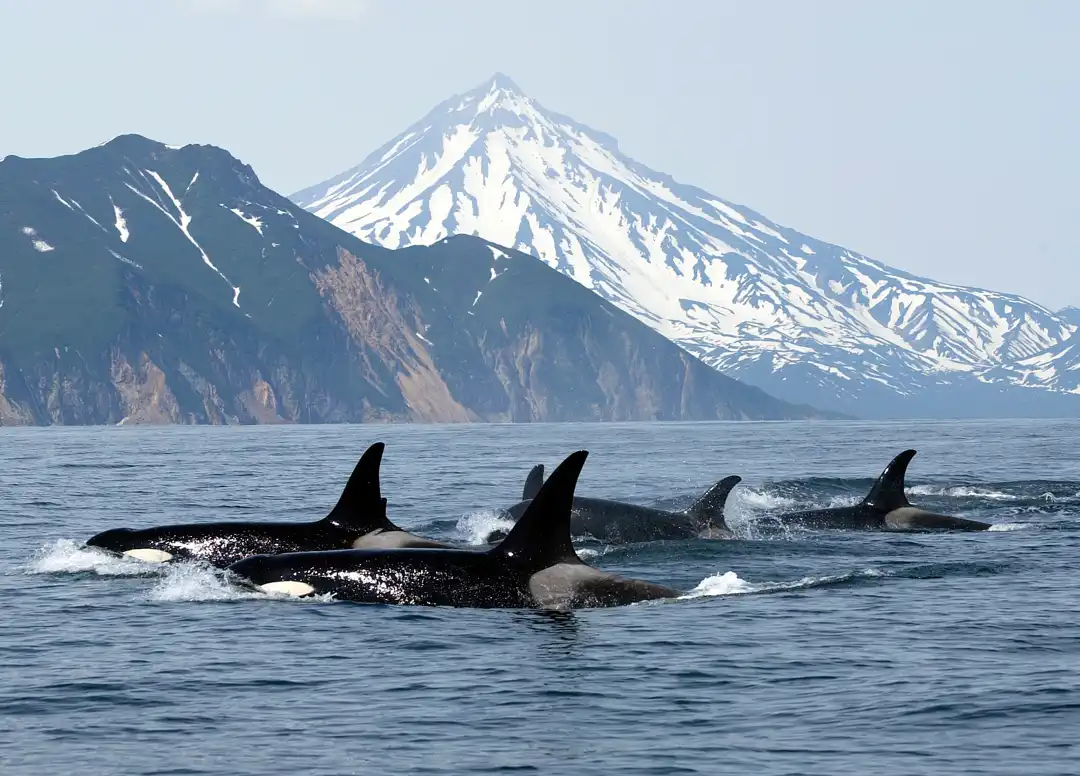
4. Hiking and National Parks
Home to spectacular hiking trails, Canada’s national parks in Banff and Gros Morne are a great place to spend summer.
Cost: Park entrance fees are extra, and usually 10-20 CAD /day.
Transport: Access by car is easiest, though, with parking at nearly all trailheads.
Estimated Time Spent: A day or longer, depending on the park and trails.
Tips for Visiting: Always use due diligence prior to hitting a trail and check conditions and weather beforehand. In bear country? Have bear spray.
5. Winter Festivals
Canada’s winter festivals, including Winter lude in Ottawa and the Quebec Winter Carnival, are unique and enjoyable ways to embrace winter and learn about Canadian culture.
Cost: While most events won’t cost you a cent, there may be a small fee for some.
Transport: Public transport is available; see the cities’ websites for details on bus lines and festival locations.
Estimated Time Spent: A weekend or longer for the most of the celebrations
Tips for Visiting: Hearty food, warm clothes and layers, sample poutine (fries with cheese curds and gravy).
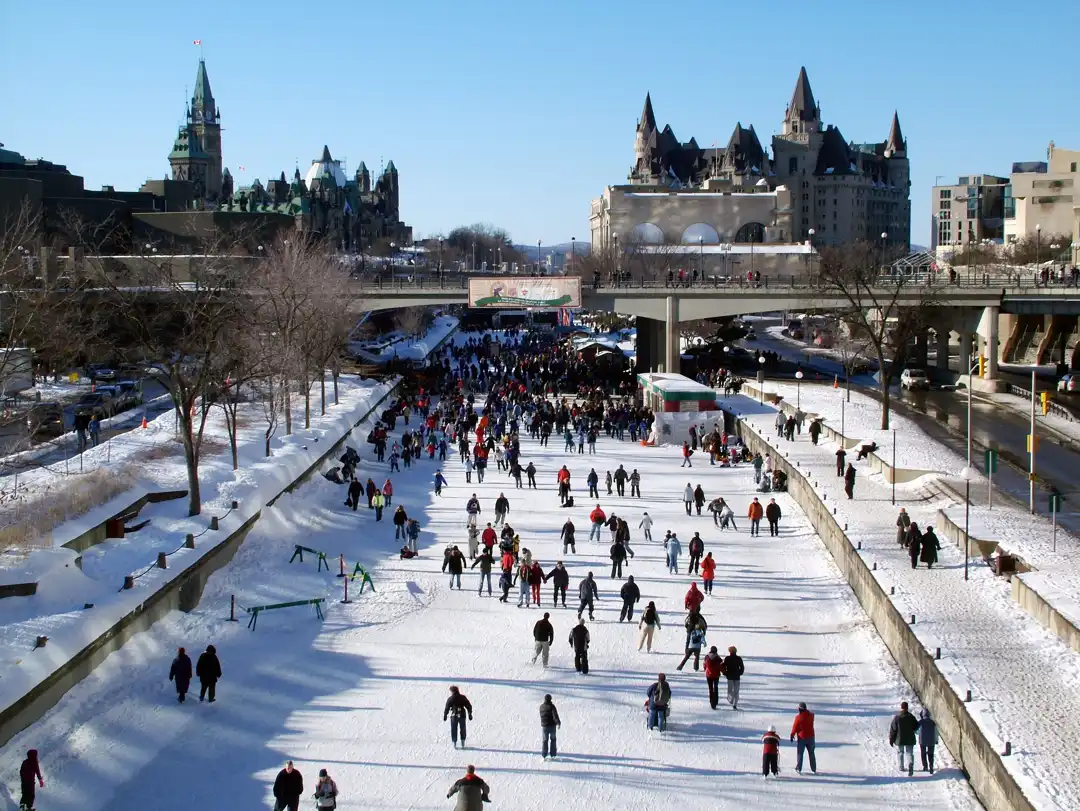
Nature & Landscapes
6. Hike in Banff National Park
Home to the Rockies, Banff National Park in Alberta is a paradise for anyone who loves to hike.
There are trails galore here, most notably the ones that take you to vibrant turquoise lakes such as Lake Louise and Moraine Lake, which are encircled by towering mountains.
Everywhere you look is jaw-dropping. To hike here is pure bliss.
Cost: Park entry costs 10 CAD per person per day, but you can also purchase a Discovery Pass for multiple days.
Transport: The easiest way to get here is by car from Calgary, a drive of roughly 90 minutes.
Estimated Time Spent: Allow at least one full day to hike a couple of trails, but a weekend will provide the opportunity to collect all eight stamps.
Tips for Visiting: Begin hiking early to stay away from people and be prepared for all mountain weather.
7. Take a Boat Tour to Niagara Falls
Experience the Natural Wonder with a Boat Tour in Niagara Falls, Ontario, Canada. There's nothing quite like it...
Cost: Boat tours cost 30 CAD per adult and 20 CAD per child.
Transport: The falls are roughly 90 minutes from Toronto, and you can even take a shuttle.
Estimated Time Spent: Tours usually take around 20 minutes; allow for extra time to wander.
Tips for Visiting: Bring a waterproof, and be sure to pack a camera - you may need a water resistant one!
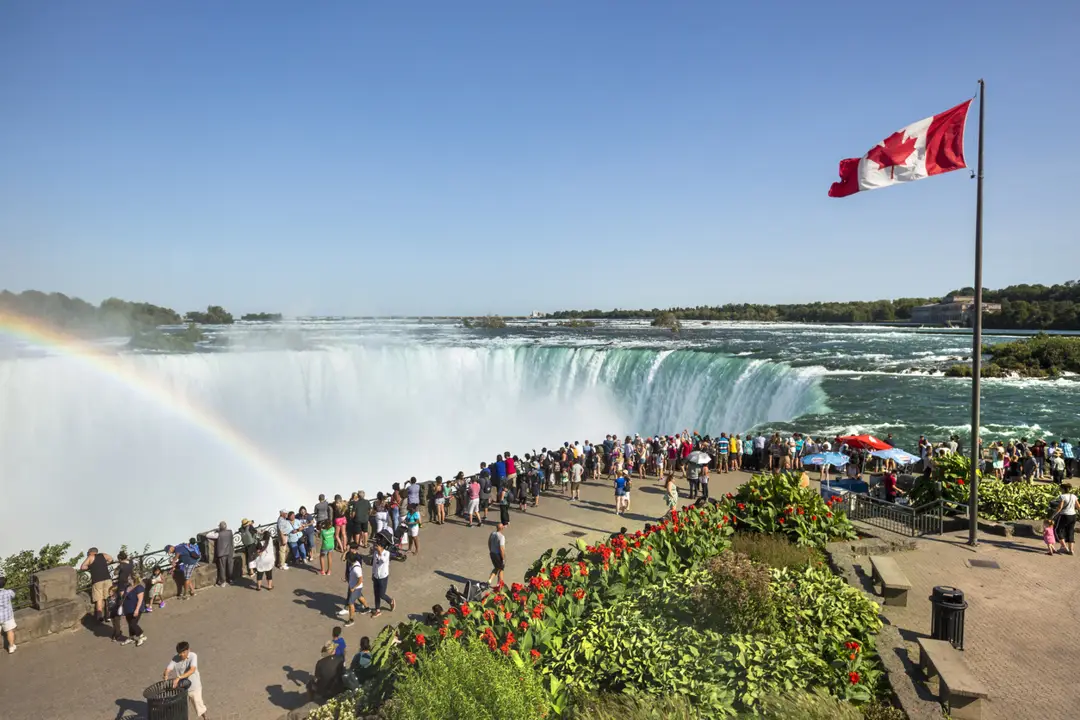
8. Drive the Icefields Parkway
If you’re looking to experience a scenic road trip, drive along Alberta’s Icefields Parkway.
Connecting Banff with Jasper, you can see glaciers, crystal-clear lakes, wild rivers, and tons of animals.
It’s not just a road but an entire tour through Canada’s highest mountains.
Cost: Apart from park fees, driving is the only expense.
Transport: Do not miss out on this stunning drive–a car is required.
Estimated Time Spent: The drive takes about three hours but allow at least a full day to stop and explore.
Tips for Visiting: Fill up before you leave, pack snacks, and always have your camera out for wildlife surprises.
9. Visit Hopewell Rocks
In New Brunswick you can visit the Hopewell Rocks and see nature’s artistry firsthand.
You can walk on the ocean floor during low tide and gaze up at the giant flowerpot-shaped rocks.
During high tide, rent a kayak and see the sculptures up close–you’ll appreciate the landscape even more.
Cost: An admission fee of approximately 10-15 CAD for adults, less for kids.
Transport: It’s a fair old schlep––approximately two hours from Moncton, so you’ll need to rent a car.
Estimated Time Spent: Give it two to three hours so you can fully enjoy the walking and kayaking.
Check tide times ahead and come prepared with sturdy footwear for the rocky surface.
10. Explore Gros Morne National Park
Gros Morne National Park in Newfoundland & Labrador offers up some of the most extreme scenery in all of Canada.
This UNESCO World Heritage Site boasts fjords and cliffs so old your mind won’t be able to comprehend it.
It’s a place where every step you take has millions of years of history behind it.
Cost: 10 CAD per person per day.
Transport: It’s reachable via Deer Lake Airport, where you can rent a car to get around.
Estimated Time Spent: Explore its variety of landscapes and trails for a weekend.
Tips for Visiting: Pack for every weather and definitely take the boat tour on Western Brook Pond.
11. Paddle a Canoe in Algonquin Provincial Park
You can experience the silence and serenity of the Provincial Park of Algonquin by canoe in Ontario as it was a century ago with its sacred lakes and pine forests, and listen to nature’s symphony and the babbling of a paddle stroking water.
Don’t be surprised when a moose, two brothers, meets you at the lake along the water’s edge.
Cost: Can rent canoes for around 30-40 CAD per day.
Transport: The park is located three hours’ drive from Toronto, and car is the most convenient way.
Estimated Time Spent: One day is great, but spend the night camping if you can.
Tips for Visiting: Carry bug repellent and a chart of the canals for added security.
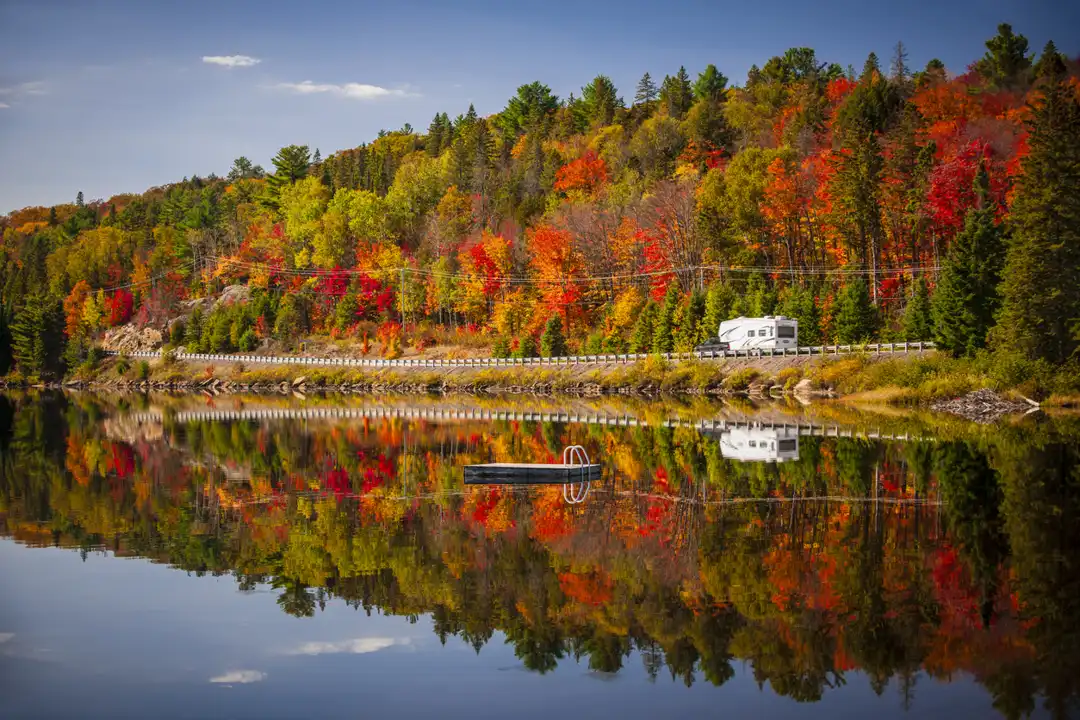
12. Stroll through Butchart Gardens
Butchart Gardens in British Columbia is an incredible testament to what we can create with the natural world.
Themed gardens literally explode with colors and scents in every direction, making it a fun place to take it all in.
Showcase plants and flowers don’t get much better than this.
Cost: Entry costs anywhere from 20 to 35 CAD 20 to 35 at different times.
Transport: Easily reached from Victoria (30 mins drive), but you can also catch the bus or ask a taxi.
Estimated Time Spent: Allow two or three hours to enjoy it at a pinch.
Tips for Visiting: When you go, try to get there early in the morning or in the late afternoon to avoid the hordes, and pack a hat as it can get hot.
13. Climb Signal Hill in St. John’s
For a bird’s eye view of Newfoundland’s coastline, ascend the old Signal Hill above St. John’s.
Here you’ll find commanding views which’ll make you feel small compared to the ocean.
More than just a chill spot, it’s historically significant as the place where the first wireless transatlantic transmission took place.
Cost: There’s free entry and occasionally a small fee for special exhibits.
Transport: Drivable or take public transportation from downtown St. John’s.
Estimated Time Spent: Allow an hour to hike and enjoy the rocks.
Tips for Visiting: Wear comfy shoes for the ascent and check the weather because it can get windy!
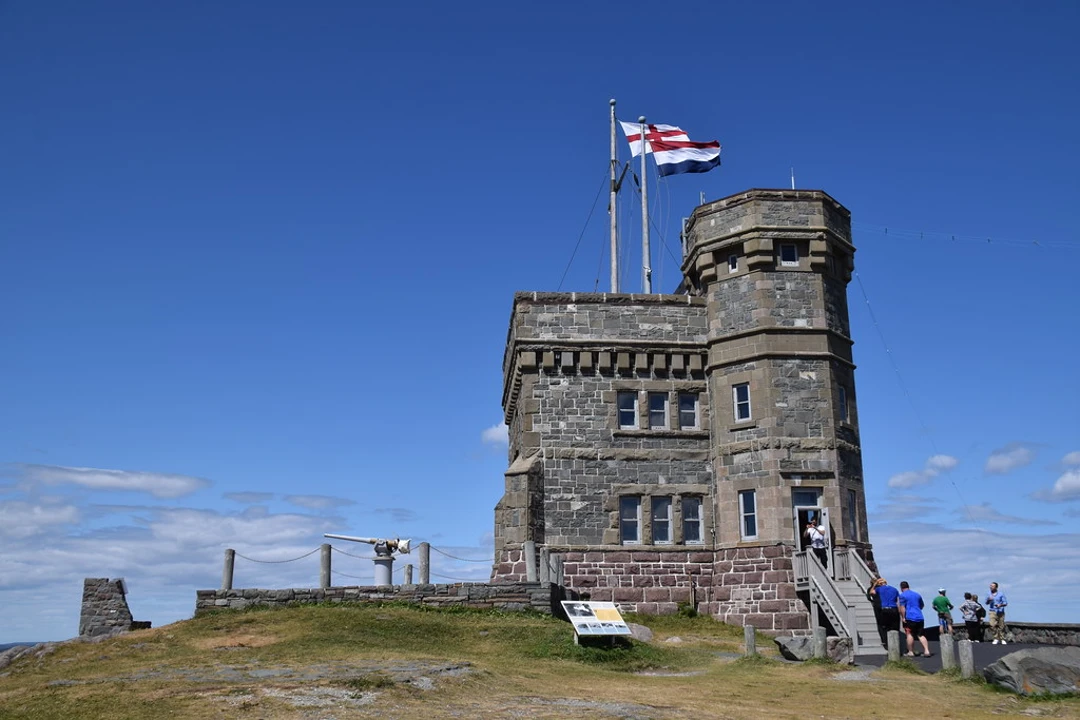
Unique Local and Cultural Experiences
14. Powwow or Indigenous Event
String a powwow or Indigenous cultural event in Canada is a powerful way to immerse yourself in First Nations traditions.
These events are lively celebrations of community and heritage, filled with stunning clothing, thumping drums, and heartwarming tales.
You’ll even get to see traditional dances that tell stories that have been handed down for centuries.
Attend one, and you’ll come away with a greater understanding of Canada’s multiculturalism.
Cost: Usually free, but donations or small fees for certain activities/workshops may be requested.
Transport: Events occasionally take place in Indigenous communities or cultural centers, and getting around is easiest by car.
Estimated Time Spent: You’ll need a day, as the festivities usually last the entire day.
Tips for Visiting: Always respect local customs and ask permission before taking a photo.
15. Calgary Stampede
The Calgary Stampede, Canada’s largest annual event, celebrates cowboy culture and the legendary Wild West.
Often dubbed “The Greatest Outdoor Show on Earth,” it features 10 days of rodeos, concerts, parades, and fun.
Whether you’re into rodeos or not, the lively atmosphere is infectious. Put on your cowboy hat and boots and get ready to party!
Cost: General admission is about 18 CAD, with extras for the rides and shows.
Transport: Easily accessible via public transportation with bus and light rail lines specifically mention.
Estimated Time Spent: Allow at least a day to get a feel for the place, but a few days is plenty. More about Denmark:
Plan ahead for accommodations and maybe also purchase a rodeo ticket if you want the full experience.
16. Montréal Jazz Festival
Catch some tunes at the Montréal Jazz Festival, the world’s largest. This iconic festival hosts hundreds of concerts with jazz greats and up-and-coming talent.
The city seems alive and the streets are a bit more joyful with the sound of saxophones and trumpets in the air.
Whether you love jazz or simply enjoy music, it’s the best summer event in Montréal.
Cost: There is plenty of free outdoor entertainment, though some of the headline shows come at a cost.
Transport: Situated downtown Montréal, with public transit making it easy to reach.
Estimated Time Spent: Spend the weekend here to take in a few shows.
Tips for Visiting: Get there early for prime free-show seating and hit up a local eatery for regional cuisine.
17. Royal Ontario Museum
The Royal Ontario Museum is a vast space for learning and discovery. Entire afternoons could be spent uncovering its mix of history, culture, and art.
The collection is huge: where else can you hop between ancient dinosaur bones and Egyptian relics in a single visit? They also do a good job with exhibits, making it more engaging and exciting.
It’s a great place to learn and explore.
Cost: Admission costs approximately 23 CAD for adults. There’s a discount for kids and seniors.
Transport: It’s downtown and you can reach it by subway.
Estimated Time Spent: Give yourself a minimum of three hours to see the primary displays.
Tips for Visiting: Check special exhibit hours. Purchase tickets online to avoid lines.
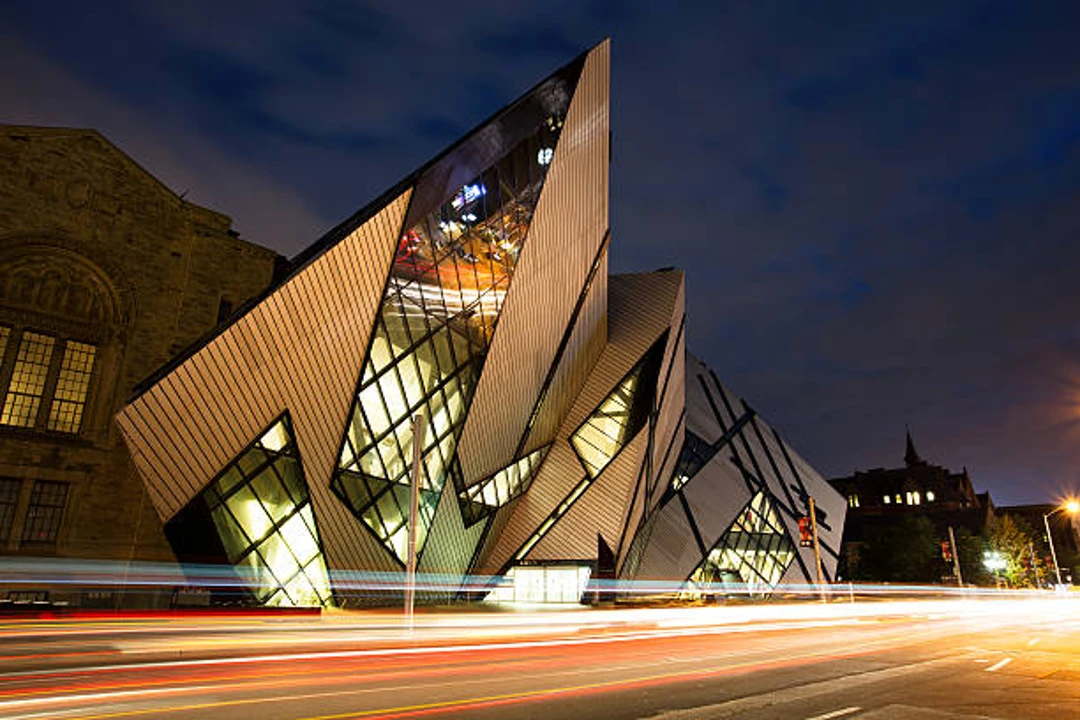
18. Canada Day on Parliament Hill
Parliament Hill on Canada Day is the epitome of national pride, as thousands of Canadians gather to party, wave flags, and take in the fireworks.
You won’t get more Canadian than spending the country’s birthday in its capital! Just be prepared for hours and hours of fun and festivities!
Cost: Free entry to all of the main events.
Transport: Use public transport as the streets will be packed and closed.
Estimated Time Spent: Completely devote yourself to the range of activities and the evening fireworks.
Tips for Visiting: Turn up early to bag the best spots for the concert and fireworks.
19. Try Poutine in Montréal
No trip to Canada is complete without trying poutine. There’s no better city than Montréal which is flooded with it.
This iconic Canadian dish — a serving of fries covered in gravy and cheese curds — is a heart attack on a plate but so delicious.
And it’s literally everywhere in the city. Made it a mission to try some at every restaurant I encountered!
Cost: You should budget for around 10-15 CAD per meal everywhere.
Transport: Best by foot or bike.”
Estimated Time Spent: It’s a brief stop – unless you can’t resist seconds!
Tips for Visiting: Don’t be afraid to experiment with twists, like smoked meat or spicy poutine.

20. Halifax Citadel
Visit the Halifax Citadel, a star-shaped fort offering insights into Canada's military past and stunning views of the city and harbor below.
Men in period costumes, musket demonstrations, and the noon gun all help set the scene.
Educational and awesome, it’s a place that really keeps all ages entertained.
Cost: Entrance fee: Around 12 CAD for adults (with discounts for seniors and youths).
Transport: In downtown Halifax. You can get there by public transportation or car.
Estimated Time Spent: Plan on two or three hours for your visit.
Tips for Visiting: Just time your visit so that you are there at noon to hear the gun fired. If you can’t do that, see if there are any special events happening, like reenactments.
City Experiences
21. Walk around Old Québec
Walking around Old Québec is like traveling back in time.
This UNESCO World Heritage Site is packed with charm, from its cobblestone streets to its historic architecture that dates back hundreds of years.
You can sense the history around you with a lively blend of French and English influences that makes for an interesting cultural scene.
Cost: Feel free to wander; any shops/restaurants your dime.
Transport: Fly into Québec City and shuttle to downtown accommodations. Walk/public transport.
Estimated Time Spent: Allow yourself an entire day to wander around these must-visit stops.
Tips for Visiting: Arrive early in the morning or late in the afternoon to skip the hordes. And don’t skip the camera.
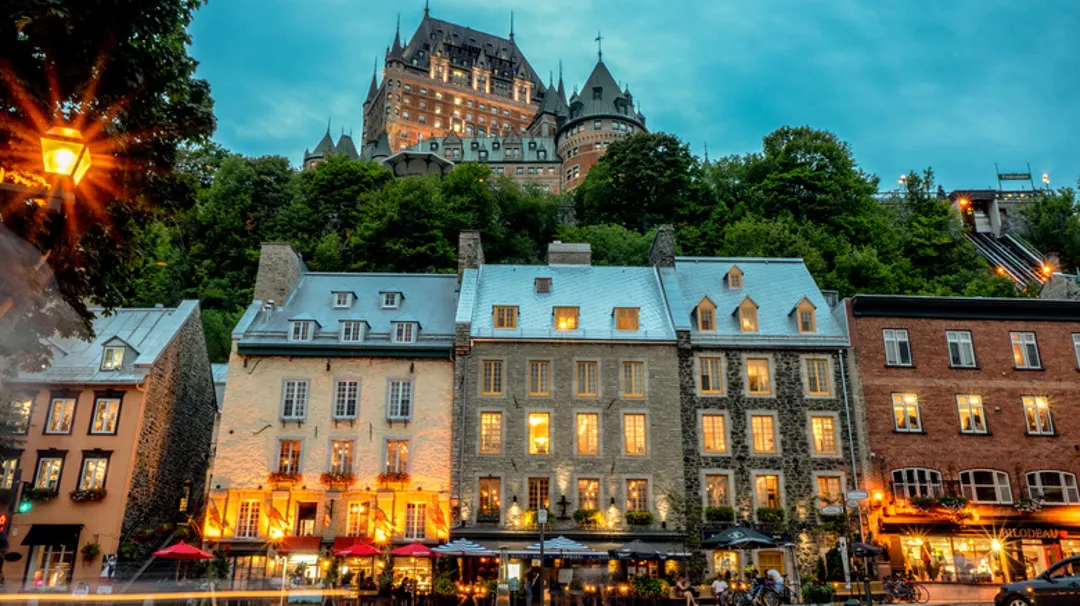
22. Ride to the Top of the CN Tower
The CN Tower, one of Toronto’s most famous landmark, has one of the best bird’s-eye views in Canada’s largest city.
On your way up to the observation deck, you can watch the entire city spread out below you.
It’s an ideal place to point out all the things to do in Toronto and to look out over Lake Ontario.
Cost: Admission begin about 40 CAD for adults, less for children.
Transport: Located downtown, can be reached by public transit or a stroll around town.
Estimated Time Spent: Expect to spend two hours, with time to take in the view and have a meal at the rotating restaurant.
Tips for Visiting: Visit in the evening to watch the sunset or lights twinkle for an unforgettable visit.
23. Cycle the Seawall in Vancouver
Biking the Seawall is one of the top things to do to take in Vancouver’s outdoor scenery.
The picturesque trail goes through Stanley Park along a gorgeous coastline, offering incredible vistas and sea breeze.
It’s a great way to explore the city while getting some exercise.
Cost: Bike rentals cost around 20-30 CAD/day.
Transport: An easy walk or public transit from Vancouver city center.
Estimated Time Spent: Allow at least half a day to enjoy the ride and make plenty of stops.
Tips for Visiting: Use a helmet and check out some of the local coffee shops fora snack or a fresh drink.
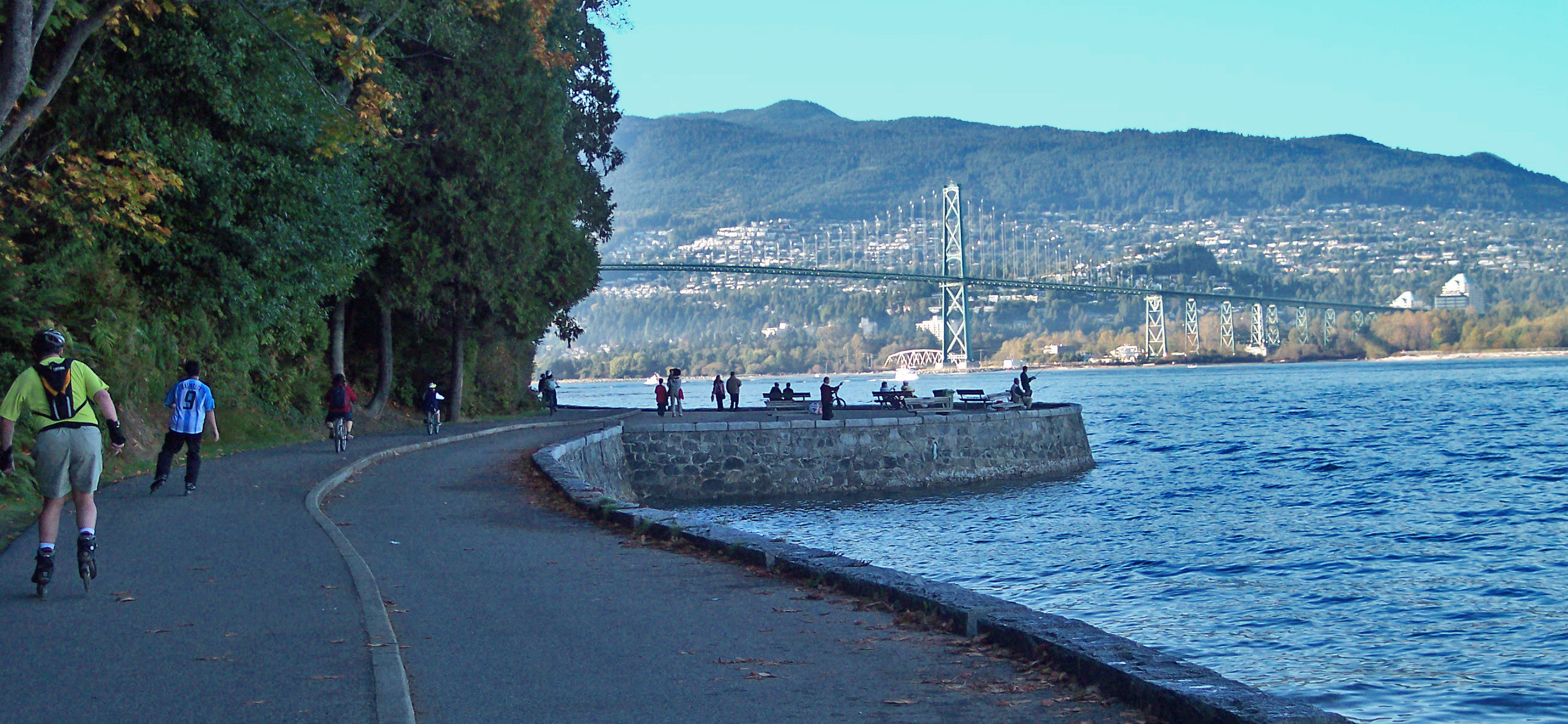
24. Explore the Underground City in Montréal
Montréal’s Underground City is a paradise for those who just can’t get enough of shopping or eating.
Located below the downtown area, it’s a sprawling network of tunnels lined with shops, eateries, and linking major buildings.
It’s a great place to retreat from the winter cold or a summer rain without disconnecting from city life.
Cost: It’s free to enter, but expect to pay for shopping and dining.
Transport: Located downtown in Montréal, easy access via metro and bus.
Estimated Time Spent: Your best bet is simply to dedicate an entire afternoon to getting lost.
Tips for Visiting: Put on some comfortable shoes as there is a lot of walking and be sure to see if there is any event happening.
25. Tour Parliament Hill in Ottawa
You get a good view of Canada’s history and political system by touring Parliament Hill.
With the Ottawa River as a backdrop, this is where the government of Canada gets down to business.
It’s a worthwhile visit, including the Changing of the Guard and informative guided tours.
Cost: While that is usually free, it is suggested that you book ahead.
Transport: Centered, with public transport or a walk to downtown Ottawa.
Estimated Time Spent: Budget two to three hours to walk around the premises and see the changing of the guard.
Tips for Visiting: Bring a camera as there are some iconic photo spots. Visit during national celebrations if you can.
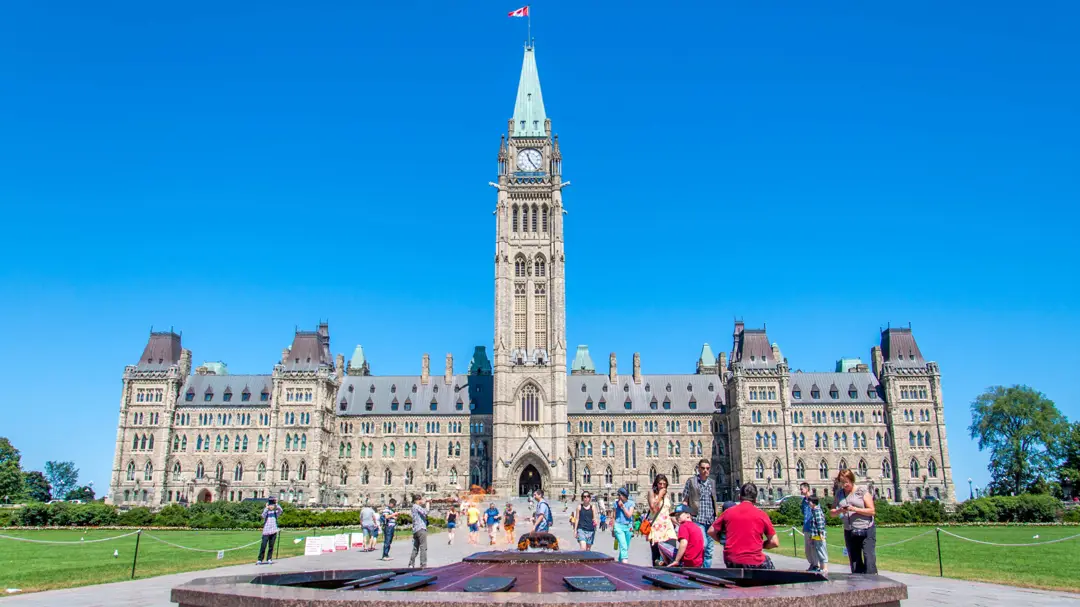
26. Visit the Canadian Museum for Human Rights
The Canadian Museum for Human Rights is the tallest human rights museum in the world, and only the second of its kind in Canada.
The museum features incredible stories and strong insights into the importance of equality around the world.
It’s a tour through not only the history of human rights, but also through a series of stories both locally and globally where rights are being challenged.
Cost: Admission is approx. 21 CAD for adults, less for students/seniors.
Transport: In downtown Winnipeg, can be reached by public transit or on foot.
Estimated Time Spent: Allow yourself at least half a day to explore the museum.
Tips for Visiting: Mid-week is best to avoid the throngs, and be sure to look at exhibitions.
27. Take a Ferry to Toronto Islands
Take a break from city life on the Toronto Islands, a tranquil oasis a stone’s throw from downtown.
With lovely beaches, picnic-worthy parks, and the city’s best skyline view, the islands are ideal for soaking up the sun and exploring.
Cost: An adult round-trip costs approximately 8 CAD for the ferry.
Transport: Ferries leave frequently from the downtown terminal close to public transport.
Estimated Time Spent: You’ll need a whole day to truly take advantage of all the islands and experiences.
Bike rentals make getting around the island a breeze. Pack a picnic and head to a scenic spot.
28. Relax in a Nordic Spa
Canada’s Nordic spas in destinations like Québec and Alberta are a true oasis. With their hot-cold hydrotherapy cycles, it’s an incredibly relaxing experience.
No matter how stressed you are, it won’t take long for you to relax after hopping from one steamy hot tub to a frigid plunge pool.
Cost: Entrance is about 50-70 CAD, extra for treatments.
Transport: Car or public transit accessible, beautifully set in natural landscapes.
Estimated Time Spent: Set aside a full afternoon or evening.
Tips for Visiting: Pack a swimsuit and allow plenty of time to fully relax and enjoy all the treatment cycles.
29. Browse Local Treasures at Public Markets
From Vancouver’s Granville Island Public Market to Toronto’s St. Lawrence Market and Halifax’s Seaport Farmers’ Market, Canada’s city markets are packed with flavor, culture, and local charm.
Browse artisan crafts, grab a fresh pastry, or chat with local vendors about regional specialties.
Cost: Free entry, but you’ll be tempted to spend on food and handmade goods.
Transport: Easily reachable by public transit or on foot from most downtown areas.
Estimated Time Spent: 1–2 hours, longer if you stop for a meal or live entertainment.
Go in the morning for the freshest goods and fewer crowds. Bring cash, as some smaller vendors may not accept cards.
30. Discover Street Art and Murals
Canada’s urban centers are bursting with color thanks to their thriving street art scenes.
Montréal’s Boulevard Saint-Laurent is a living art gallery, Toronto’s Graffiti Alley showcases bold expressions, and Vancouver’s Mount Pleasant is known for its annual mural festival.
Cost: Free – just bring your walking shoes and a camera.
Transport: Walkable areas in city neighborhoods; easily accessible by transit.
Estimated Time Spent: 1–2 hours, depending on how much you explore.
Tips for Visiting: Download a local mural map or join a guided walking tour to learn the stories behind the artworks and artists.
FAQ
1. What is the best time to visit Canada for a vacation?
The best time depends on what experiences you’re seeking. For winter sports, visit from November to April. To enjoy mild weather and festivals, plan your visit between June and August.
2. Are the Northern Lights visible year-round in Canada?
No, the prime viewing season for the Northern Lights is from late August to April, with the best chances during clear, dark nights.
3. What are some must-see cities beyond Toronto and Vancouver?
Québec City, Montréal, and Halifax are fantastic choices for history and culture. Each city has its unique vibe and attractions.
4. Is tipping customary in Canada?
Yes, tipping is expected, especially in restaurants and for other services. 15-20% is the norm for dining.
5. How do I handle emergencies in Canada?
Dial 911 for emergency services, which is the standard number for police, fire, and ambulance services throughout Canada.
6. Are there any language barriers in Canada?
Both English and French are official languages. English is widely spoken everywhere, while French is predominant in Québec.
Conclusion
Canada is a gigantic playground of adventures. With its awe-inspiring Northern Lights, vibrant cultural cities, and incredibly varied landscape, no two trips will ever be the same in this country.
Whether you’re summiting the ski slopes in Whistler, enjoying poutine in Montréal, or getting soaked watching Niagara Falls, each part offers a unique experience.
So remember to partake in local events and celebrate the mix of cultures. By using this guide, you’ll be ready to take that epic Canadian trip that goes beyond the cliched.
